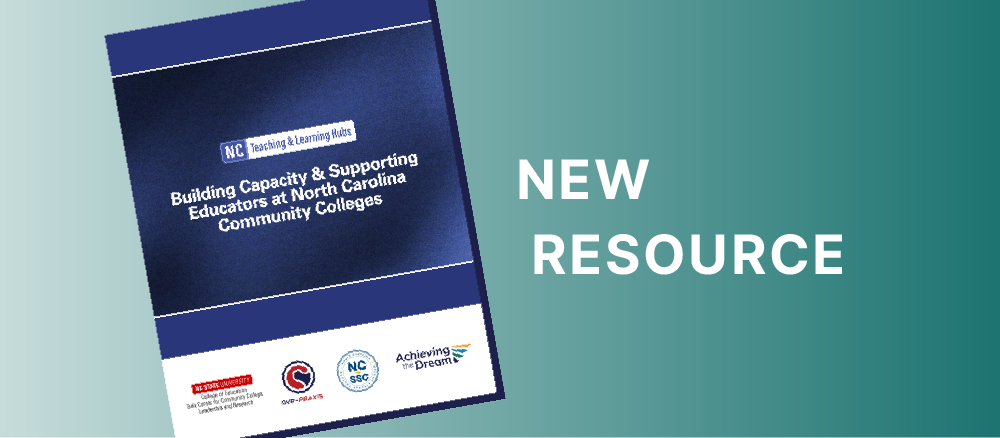On April 18, Achieving the Dream offered a virtual workshop, Revolutionize Your Teaching: Implementing AI in Your Classroom, that addressed both the challenges and opportunities posed by AI in the higher education sphere. Facilitated by Susan Adams, associate director for teaching and learning, and Eric Fiero, project manager for program development, the event gathered 275 participants across academia. Below, Susan and Eric share their reflections on the event, the insights shared by its speakers, and their own thoughts about navigating the complexities of AI in the college classroom.
In a world where AI is transforming the college classroom, faculty face a dual challenge: they must urgently redesign their assignments and also find ways for students to authentically choose intellectual engagement over a reliance on AI tools.
The emergence of AI demands a reevaluation of teaching strategies that, depending on how we choose to engage with this technology, is both daunting and exhilarating — daunting in its capacity to challenge traditional teaching practices but exhilarating in its potential to unlock new ways of learning, foster deeper engagement, and equip students with skills for a rapidly changing workforce.
The Revolutionizing Your Teaching workshop’s success was evident in high turnout and a high level of engagement. Participants’ enthusiasm demonstrated both the pressing need for strategies addressing AI’s pervasive presence in classrooms and a yearning for deeper conversations on the evolving faculty-student dynamic.
Pertaining to the latter, AI’s ability to mimic human interaction raises questions about our own roles. How can faculty determine what the margin is for using AI to complete their assignments? How do students find their own margins for acceptable AI-assisted learning where they sustain a level of productive struggle? As facilitators, we guided webinar participants to shift the conversation from “What is plagiarism?” to “What are the margins for AI-assisted learning?”
“The integration of AI in a manner that is grounded in ethical considerations speaks to the delicate act of holding onto our own thinking. In doing so, we equip students to harness AI to advance their learning without losing their agency, balancing technology’s benefits with maintaining academic integrity.”
—
Attendees were reminded that AI can be a valuable tool, but it can’t replace the creativity and ingenuity of human minds. We identified three levels of adjustment for faculty to embrace: We can expect more from students, we can improve our teaching methods, and we can design authentic assessments at scale.
Speakers Nancy Murray from Community College of Baltimore County and Zia Hassan from Montgomery College shared how they have successfully integrated AI into their teaching. Hassan’s comment, “AI can create, but it cannot be creative,” resonated deeply, reinforcing AI’s emerging role as an assistant to teaching and learning, not a replacement.
Discussions also covered ethical considerations, inclusivity, and accessibility. We led exercises on prompt engineering, highlighting the need for mindful, responsible AI use.
The integration of AI in a manner that is grounded in ethical considerations speaks to the delicate act of holding onto our own thinking. In doing so, we equip students to harness AI to advance their learning without losing their agency, balancing technology’s benefits with maintaining academic integrity.
Ultimately, “Revolutionize Your Teaching” showcased how AI can serve as a valuable asset, facilitating meaningful dialogues on its role in education. The event provided actionable steps, expert insights, and a forward-looking vision, helping educators navigate this transitional time and empowering them to shape the future of education alongside AI.


